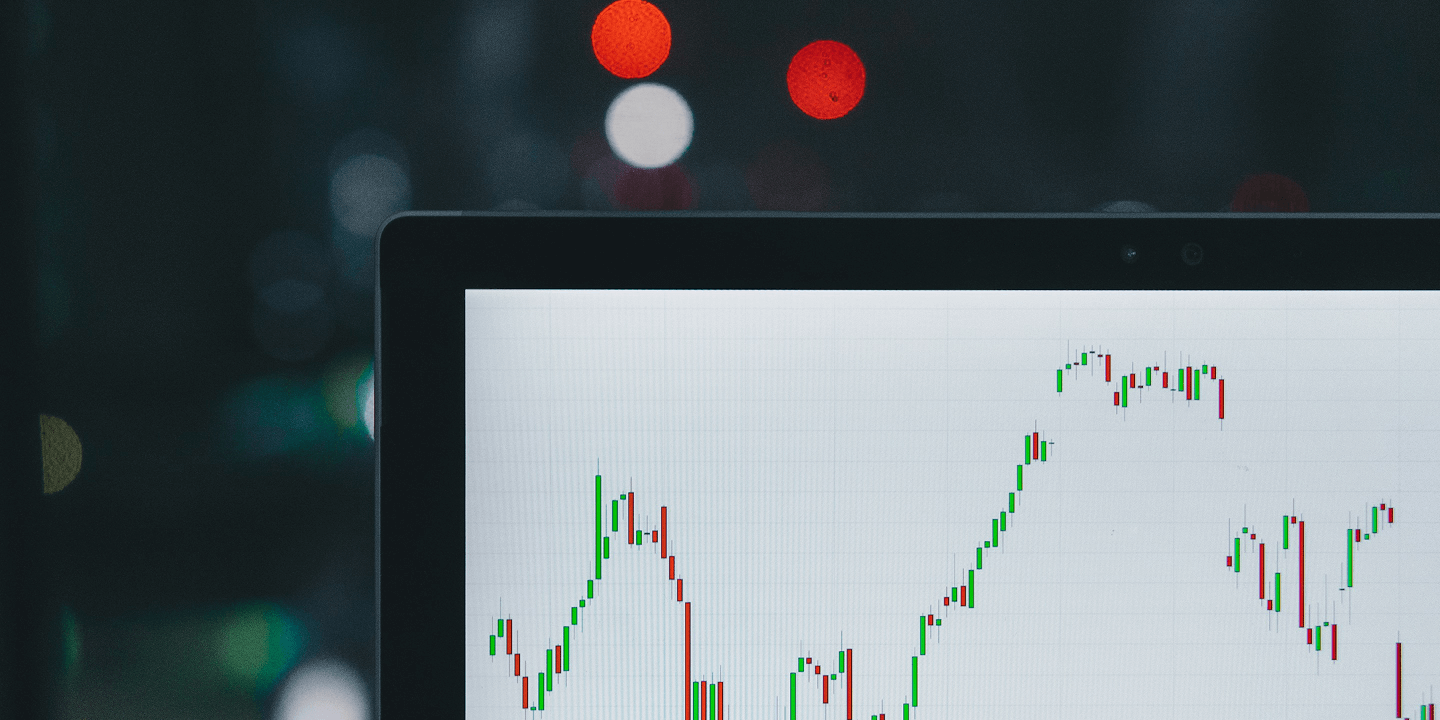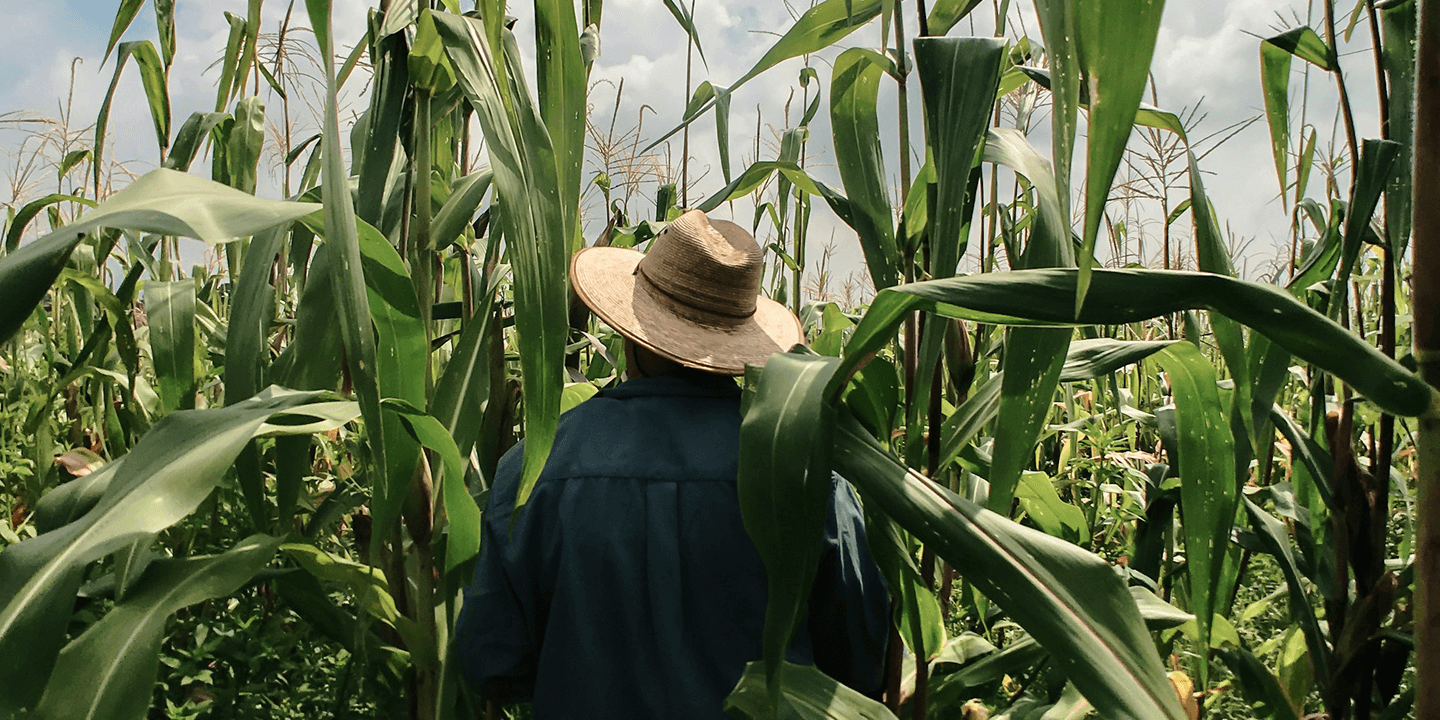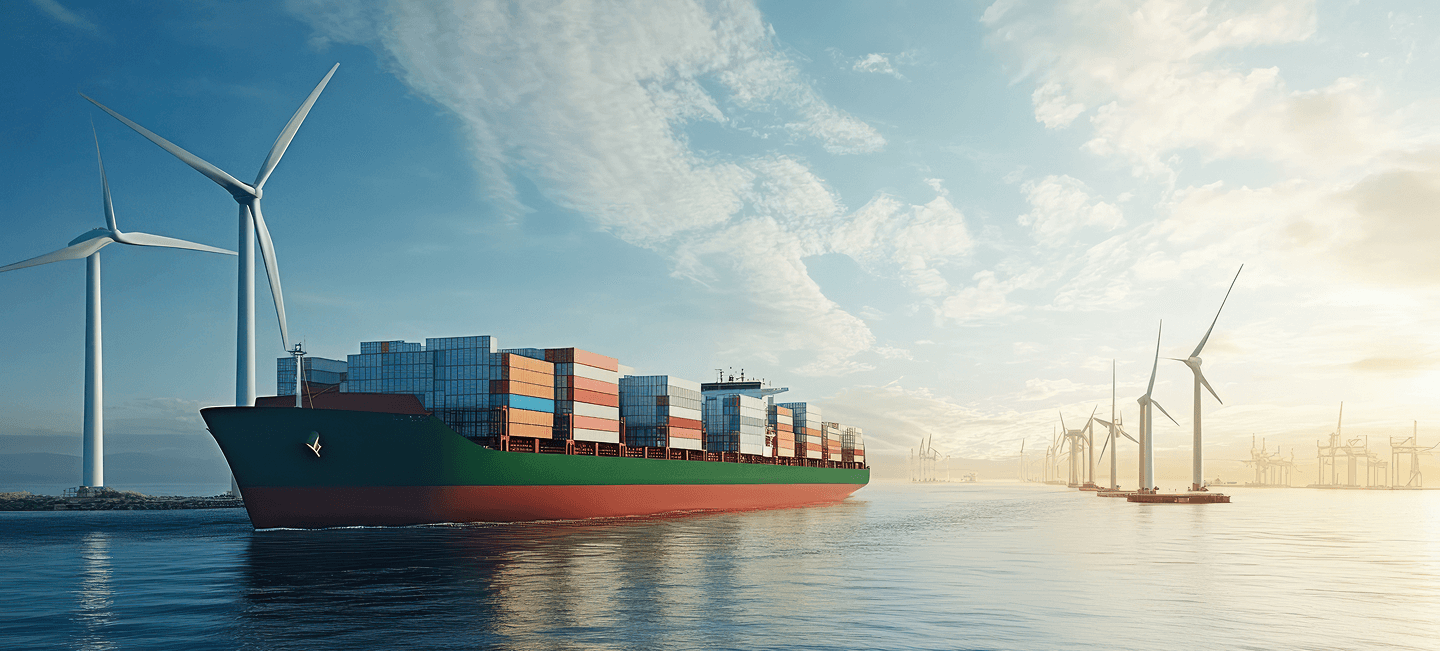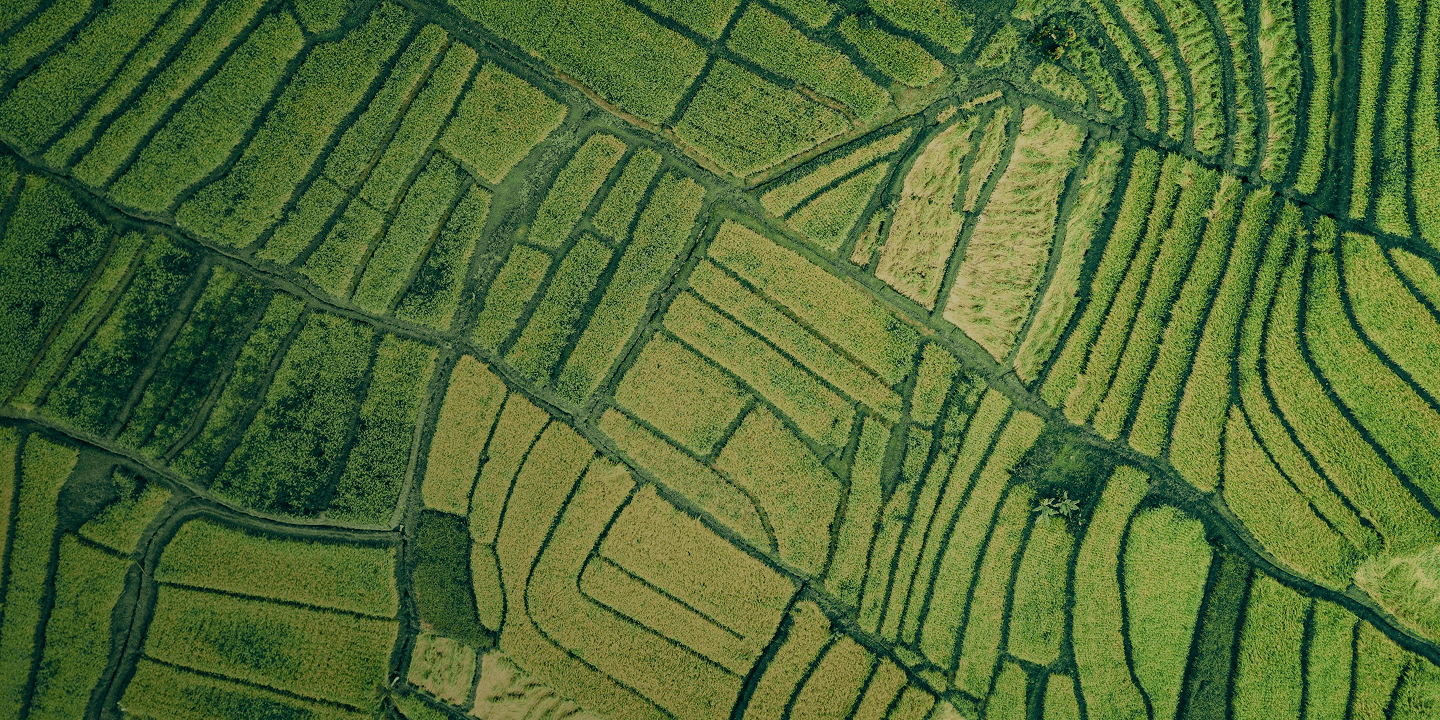Importance of transparency in the carbon markets
Carbon markets provide a crucial tool for channelling finance to climate mitigation projects that would not otherwise get off the ground. Volumes in 2021 increased to a record five hundred million tonnes with nearly two billion dollars traded.[1]This is just the start. Voluntary carbon markets are estimated to grow by a factor of fifteen by 2030, to a potential market size of $50 billion by 2050.[2]
With this increase in demand, supply is growing too. From the distribution of clean cooking stoves to tropical forest protection, carbon credits can fund a range of different climate activities.[3]Now, there is a real and robust way to fund impactful carbon mitigation solutions beyond limited donor budgets.
Market infrastructure, however, is still evolving. Most trading activity happens in bilateral trades, creating “highly-fragmented markets dominated by brokers and over-the-counter trade (OTC).”[4] Each trade is different, happening behind the scenes between different buyers and sellers under bespoke terms. As a result, pricing is opaque. Further complicating the matter is that credits differ by type, vintage, geography, certification standard, and more. A quality cookstoves project might look different from a quality forest protection one, with potentially significant differences in prices.
For established commodities markets, buyers and sellers can look at the market and price accordingly. This transparent pricing is not yet available in voluntary carbon markets.
Auctions play a crucial role in bringing credits to market with transparency
While auctions are a key mechanism in some carbon compliance markets (e.g., the EU Emissions Trading System) their use is nascent in voluntary carbon markets. In 2021 CIX conducted a first-of-its-kind portfolio auction of voluntary credits. By curating supply, CIX simplifies the buying experience; by leveraging an auction, CIX offers an efficient and competitive price discovery mechanism that establishes an equitable market price for both buyers and sellers. This brings three innovations to voluntary carbon markets:
- Transparent pricing: Prices are determined by buyers through a competitive bidding process, allowing price discovery. Buyers know where they stand compared to other participants and that they are paying a fair price. Auctions can be run singularly or in a series, setting clear prices for each project based on their attributes.
- Consolidated buyers: CIX brings together range of corporate participants, ensuring that prices are not based on one-off purchases but meaningful volumes. This reduces the burden on suppliers to negotiate with multiple buyers simultaneously and helps provide global reach to organisations funding local climate action.
- Market education: CIX partners with suppliers to tell their story, elevating different activities reducing emissions and distilling how they can meet companies’ sustainability goals.
Scaling demand for innovative forest protection credits
CIX, together with leading environmental organisations Conservation International, Emergent, the Natural Climate Solutions Alliance and the Wildlife Conservation Society, has released guidance to help ambitious companies understand the role of credits from High Forest, Low Deforestation (HFLD) jurisdictions in climate mitigation portfolios. These are an emerging type of carbon credits from national or state-wide forest protection programmes which can channel finance to preserve nature at scale.
Auctions are an ideal mechanism to bring credits from HFLD jurisdictions to market. Transparent and effective pricing is crucial to enable the continued support of local stakeholders, as well as ensuring that jurisdictions get an equitable price for their credits. Auctions empower sellers bring credits to market on their terms, curating a set of buyers and making key design decisions which may influence price. Public auctions also send an important signal to other countries and states that there is an economic alternative to deforestation.
In 2021 the Architecture for REDD+ Transactions (ART) released TREES 2.0, the first market standard enabling crediting for HFLD jurisdictions. These credits have been approved under CORSIA, the international aviation crediting system, with the first issuance expected in the coming months.
CIX is uniquely positioned to mobilise demand for credits from HFLD jurisdictions from a global array of buyers. We are eager to make the case for forest protection and play a role in safeguarding these crucial ecosystems. CIX has deep experience in planning and executing auctions. We partner directly with suppliers, both designing auctions and crafting marketing campaigns to tell the stories behind the credits, helping countries and states focus on the hard work of protecting forests.
To learn more about credits from HFLD jurisdictions, go to https://preserveforests.org; to discuss CIX’s approach for HFLD auctions, please get in touch at contact.us@climateimpactx.com.
[1] Ecosystem Marketplace State of the Voluntary Carbon Markets 2022 Q3
[3] Ibid.
Find solutions tailored to your needs

For Corporate Buyers
Buy and retire verified carbon credits and RECs with flexible procurement and deep market expertise to support sustainability goals.

For Traders & Intermediaries
Enhance trade execution and liquidity through robust market infrastructure and efficient settlement with a broad counterparty network.

For Project Suppliers
Tap into a global network of buyers to secure spot or forward demand, while ensuring fair pricing for carbon credit and REC projects.








